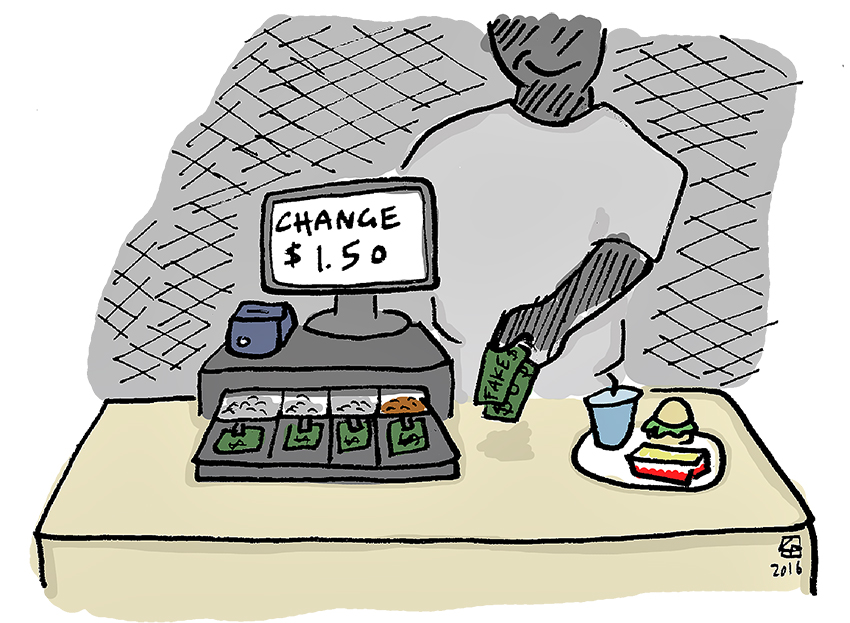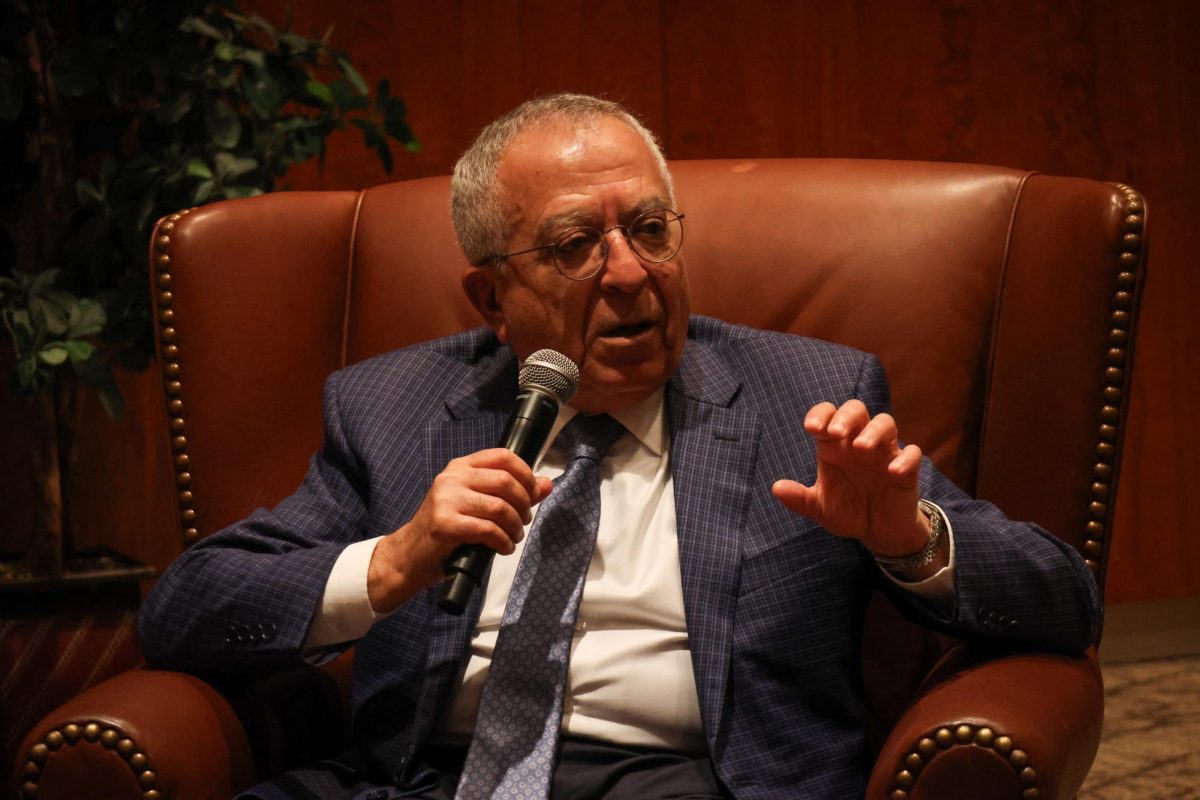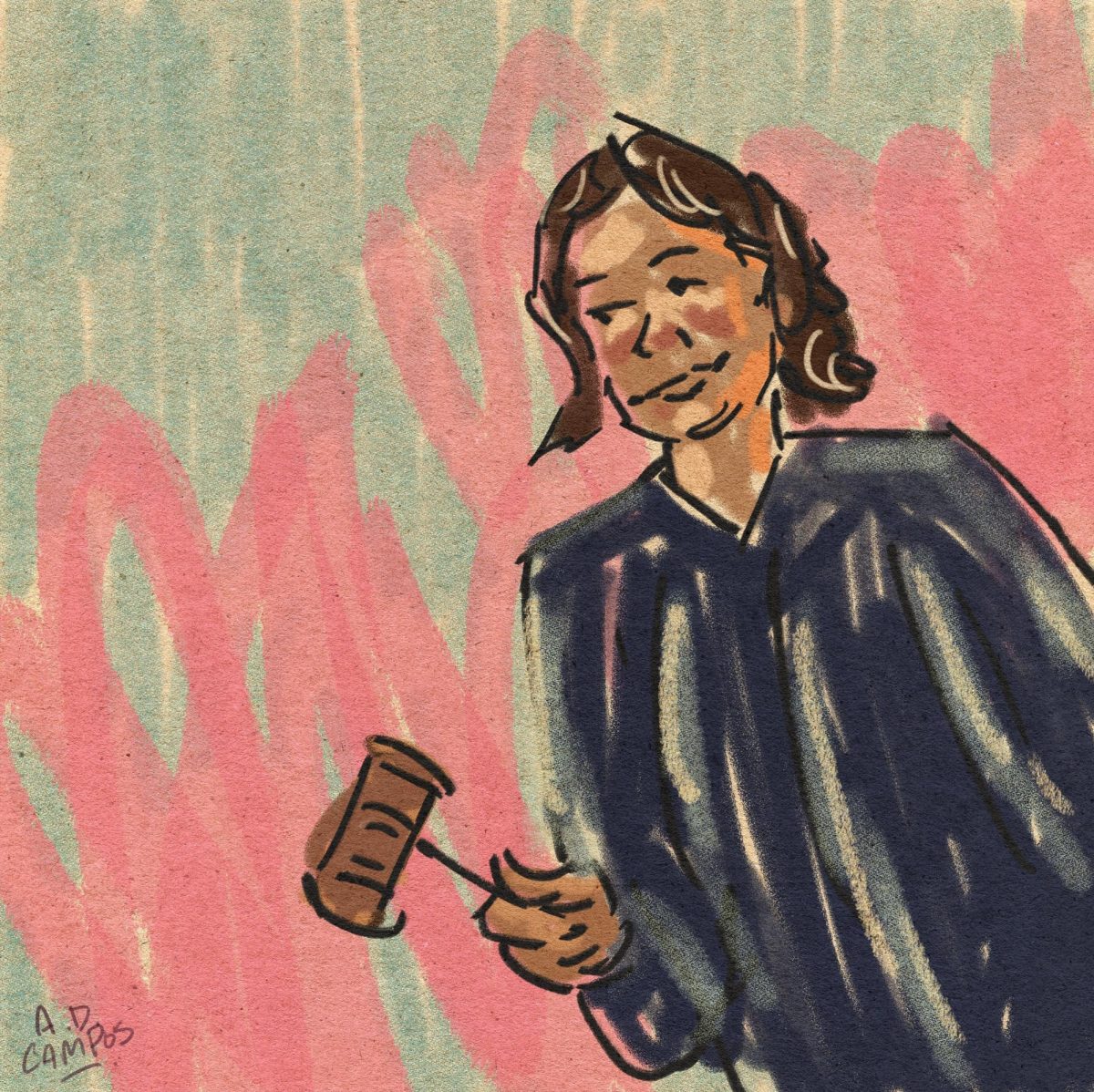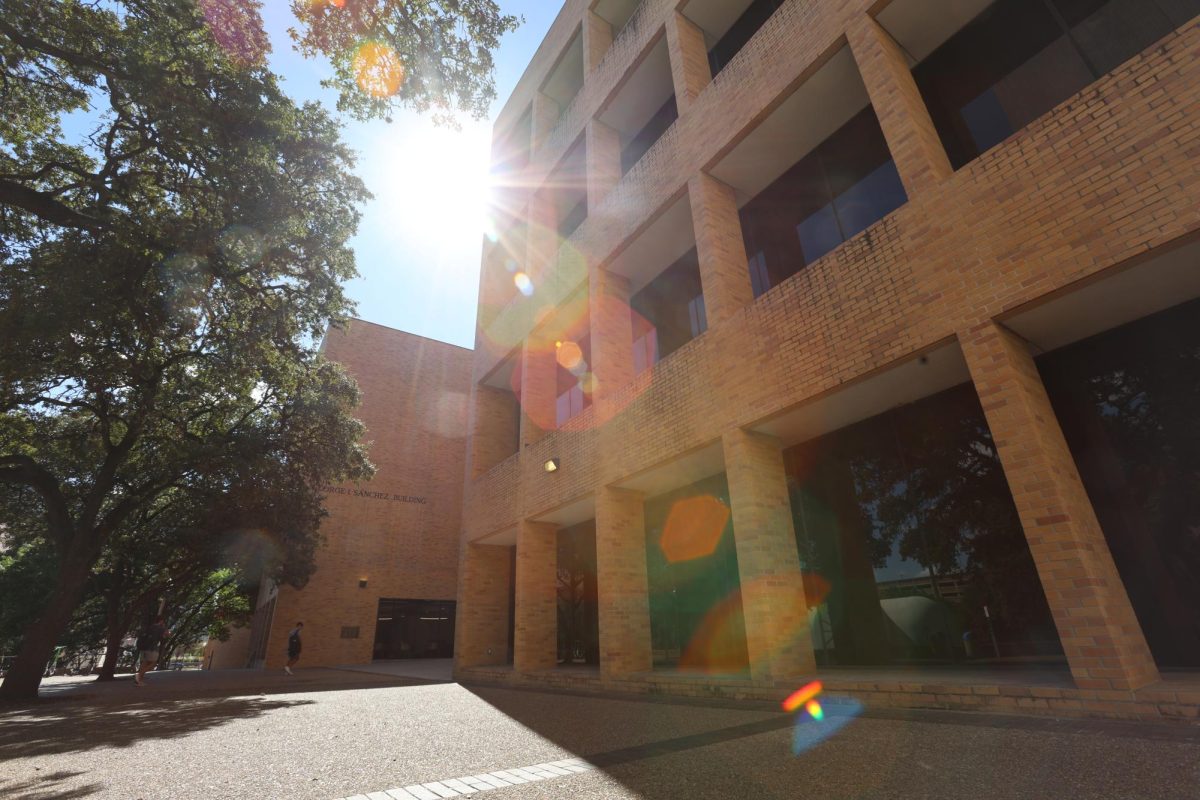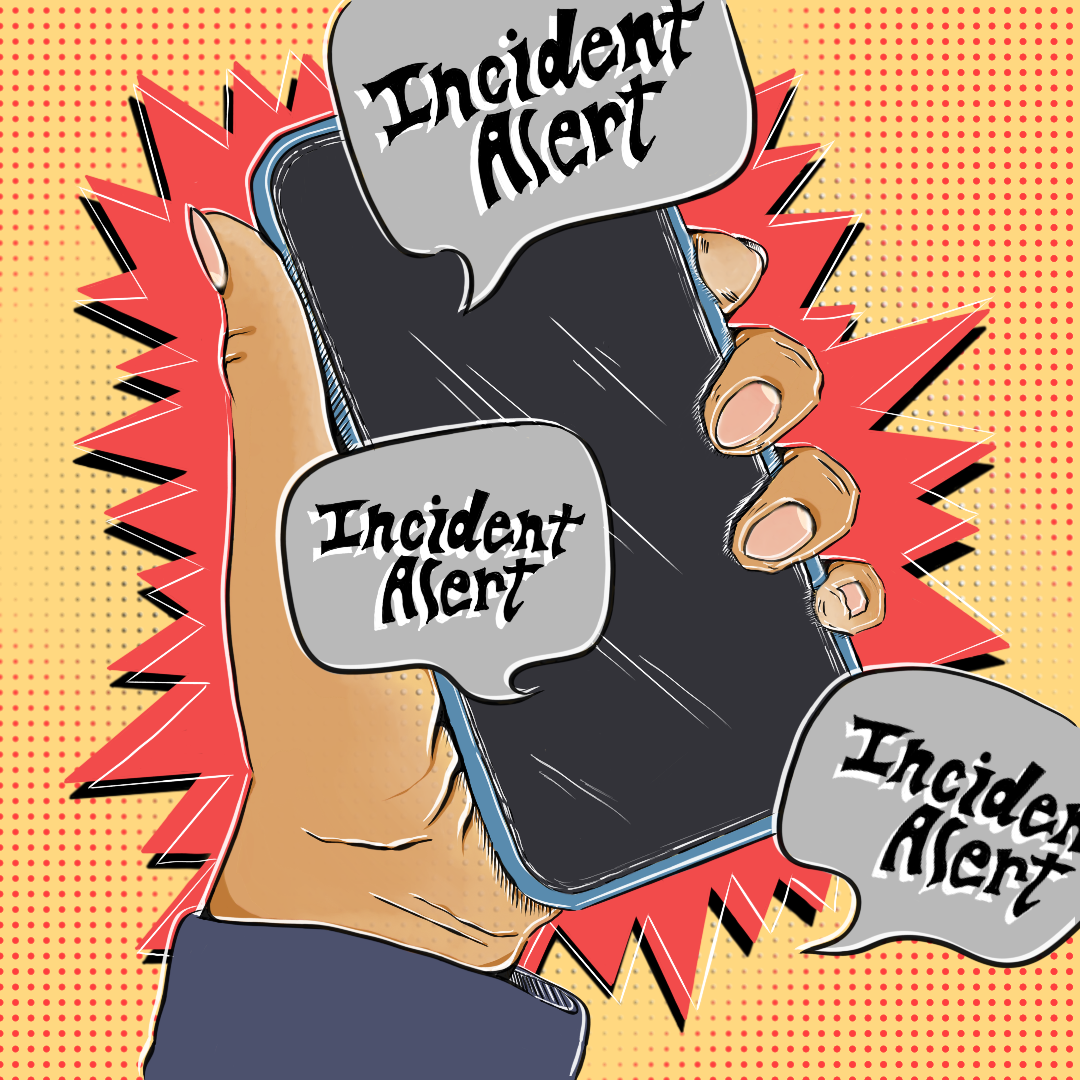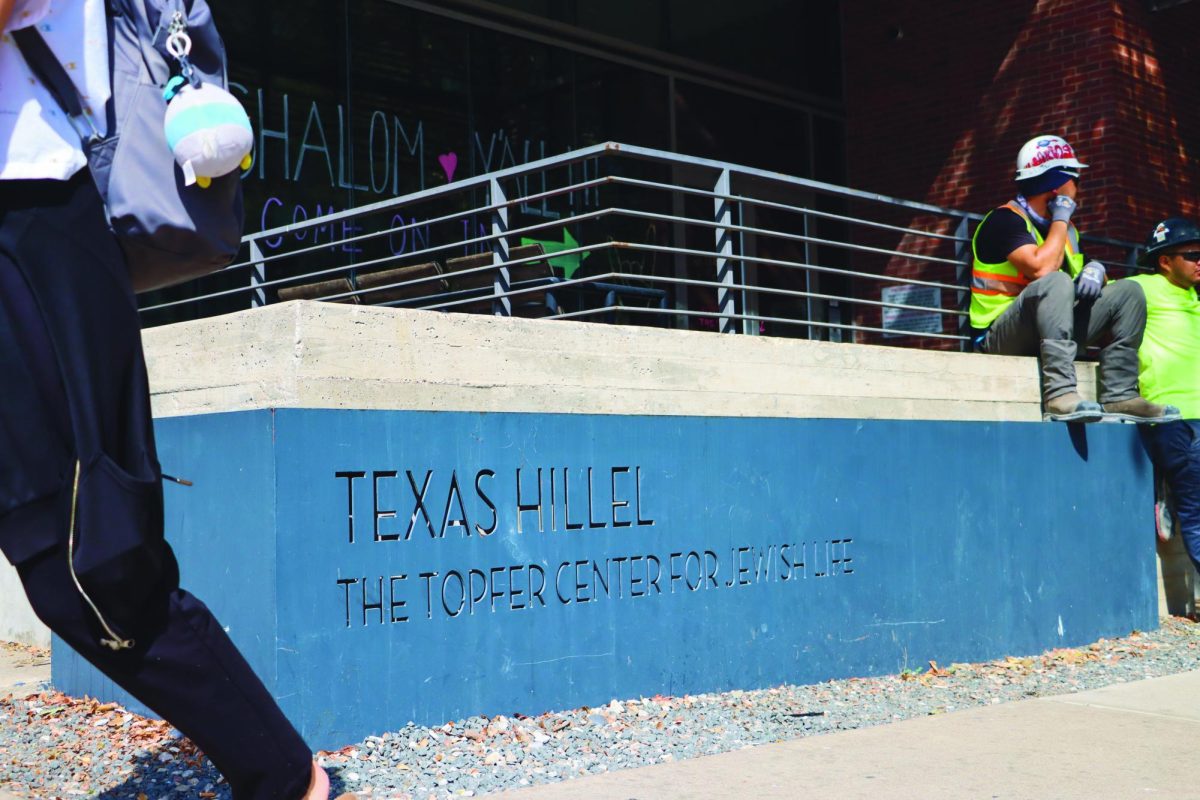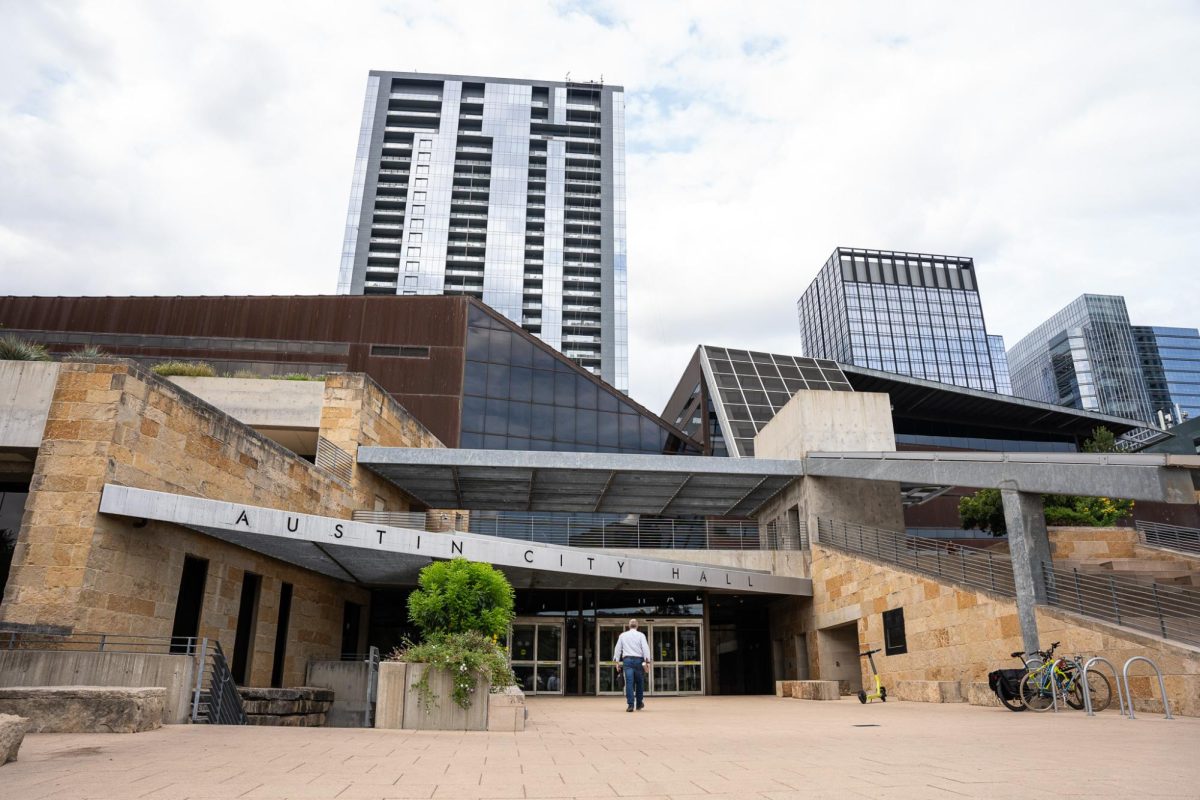A UT staff member reported a counterfeit $20 bill to the UT police department while reviewing the cash register in the Jester Academic Center on March 2.
UTPD officer William Pieper said two or three cases of counterfeit money, which is classified as forgery, are typically reported to the department each year.
“We instruct cashiers to inspect a suspicious note carefully and call the police department as soon as possible if they believe they have a counterfeit note,” Pieper said.
As the instructor of counterfeit detection to cashiers in the Division of Housing and Food Services, Pieper said he teaches full-time cashiers about the history of the crime and offers resources and tips on how to detect whether a bill is counterfeited.
Rene Rodriguez, director of Food Service, said cashiers have a counterfeit pen to mark each bill as one of their resources to detect this crime. The pen will create a different color marking when it detects a discrepancy in a bill. Even though the pen is a necessary tool for cashiers, Rodriguez said determining whether a bill is illegitimate is still a judgment call.
“It’s not a glaring thing,” Rodriguez said. “We’ve marked a few bills that we felt were suspicious, but still had to call UTPD to confirm if it’s a good bill or not.”
While questionable bills noticed by staff after the transaction has occurred are reported to UTPD, Rodriguez said cashiers will simply ask customers to provide a different method of payment if the pen indicates the bill may be counterfeit.
This is not a common occurrence on campus, but Pieper said there were around nine reported cases in 2012. He said the rise of on-campus instances could possibly be indicative of a significant influx of counterfeit notes
in Houston.
With advances in scanning and printing technology, Pieper said counterfeit money is now easier to produce and harder to detect. This accessibility makes these bills more susceptible to being passed around to unsuspecting people.
Pieper said the damaging effects of fraudulent money are the reason for serious nationwide penalties for those who commit this crime, including fines up to $250,000 and up to 20 years in prison.
“The passing of counterfeit notes degrades our economic system and has a negative impact on everyone,” Pieper said.
Aside from human detection and chemical testing through the pen, Pieper said other technical methods of revealing counterfeited bills include alternative light source inspection, security thread inspection and magnetic detection.
According to Federal Reserve Bank Services, there are several alternative methods of perceiving the difference between fake and real bills. To determine if a bill is counterfeit, the Reserve suggests looking for a flat portrait as opposed to one that stands out distinctly from its background, unclear lines on the margins rather than unbroken ones and serial numbers that fail to look aligned.
“There is no single, best way to identify counterfeit currency,” according to the Federal Reserve Bank Services website. “If possible, examine several genuine notes and compare their features to those on the suspected counterfeit note.”

